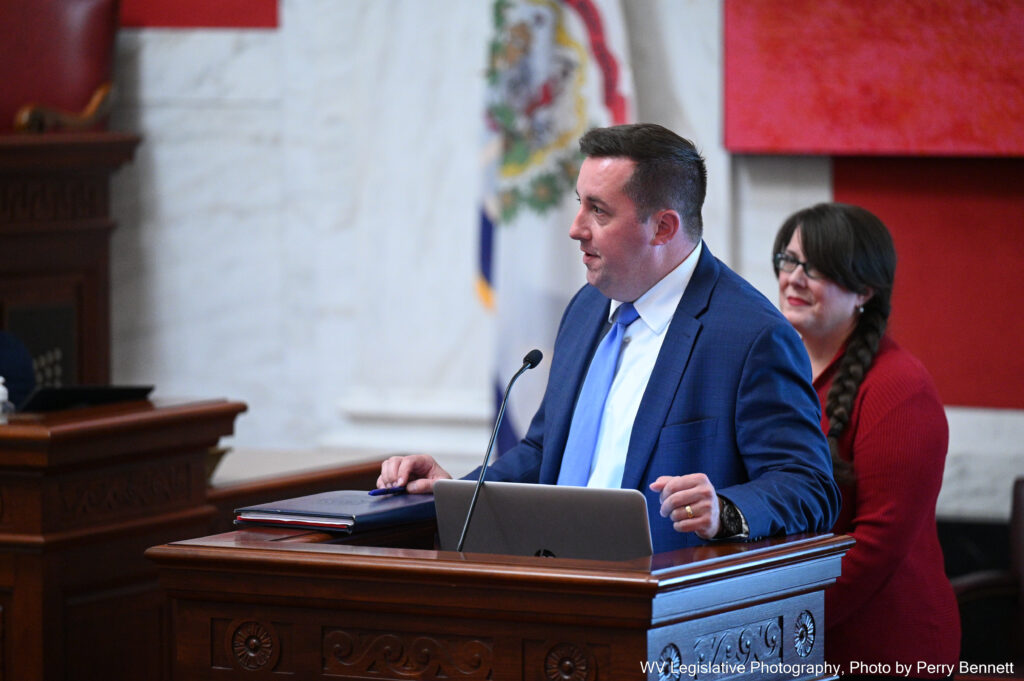Students in foster care are suspended from school significantly more often than other students according to a presentation by the state Department of Education to the Joint Standing Committee of Education Monday evening.
The data was previously presented to the West Virginia Board of Education in May.
Georgia Hughes-Webb, director of data analysis & research for the West Virginia Department of Education highlighted the disciplinary outcomes for foster students.
“This slide was particularly upsetting for me when I put it together,” she said.
The data showed that more than a third of all foster care students were referred for a disciplinary incident, and one out of every four foster care students was suspended from school in the 22 school year.
“More than the overall population when foster care kids got in trouble, they were pretty much guaranteed a suspension,” Hughes-Webb said.
Specifically she said 73 percent of foster care students who were referred for discipline ended up getting a suspension, compared with 55 percent for students who are not in foster care.
Del. Heather Tully, R-Nicholas, asked how outcomes for this group can be improved, and asked if contacting caseworkers was part of the disciplinary process.
Drew McClanahan, director of Leadership Development for the West Virginia Department of Education, said schools have to do a better job of identifying who foster care students are.
“We have situations where maybe a school doesn’t know that that child is in foster care,” he said. “We’re working on general information to provide to principals, secretaries, whoever it may be as far as onboarding, what questions to ask and what supports may be there because if it’s the first time that you’ve had a foster care student in your building, you may not know who the caseworker is or how to contact and whatnot.”
McClanahan said the study has allowed the Department of Education to identify gaps in the school support system for foster care students that can now be addressed.
Several lawmakers focused on the role of alternative learning centers as a place to isolate disruptive students.
Del. Dana Ferrell, R-Kanawha, asked about the cost of this approach, pointing out the requirement of not only a salaried teacher but also potentially an entirely separate building depending on how a county chose to structure their center.
McClanahan agreed that cost is a factor for schools and districts, and highlighted some other options that have been explored.
“Looking at doing an in-school suspension alternative, looking at doing some sort of restorative practices, we have seen districts that have looked to choose counseling programs, counseling referrals, both in school and out of school meetings and legitimate conversations and working relationships with parents and parent organizations,” he said.
Last month, the Department of Education launched a public, statewide dashboard on ZoomWV to promote transparency and accountability around school discipline.
Ferrell questioned the wisdom of making that data public.
“I really am concerned with that,” he said. “A few years back, we had a suggestion that schools be given a letter grade A, B, C, D. That was quickly pulled back and done away with because from an economic development standpoint, who wants to locate their family and a business, an area where that school has a disproportionate amount of discipline issues?”
McClanahan likened the disclosure to posting test scores.
“This is in the spirit of transparency to make sure that we have a clear understanding of exactly what’s going on inside of our public schools, that members inside of that community deserve to understand what is going on,” he said.




















